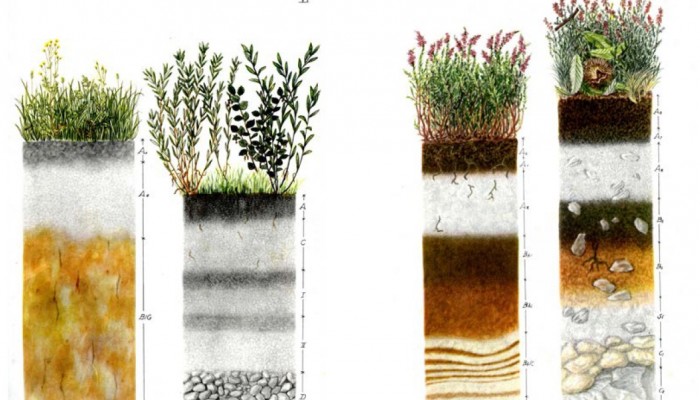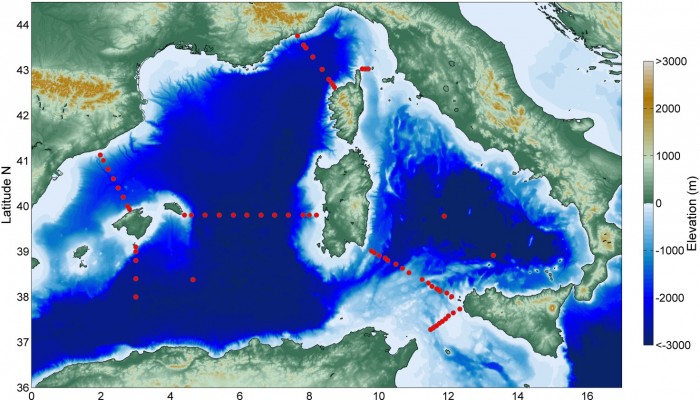Simona Aracri, a PhD student at University of Southampton, spent a month aboard the research vessel, R/V Minerva Uno, cruising the Mediterranean Sea. Simona and the team of scientists aboard the boat documented their experiences via blog. Over the coming weeks we’ll feature a few of the posts the team shared over the one month voyage: you can expect to find out what life aboard a large research ve ...[Read More]
Imaggeo on Mondays: Moulin on the Athabasca Glacier
The Athabasca Glacier is located in Jasper National Park, in the Canadian Rockies. It is the largest of seven named distributary glaciers carrying ice away from the Columbia Icefield, the largest icefield in the Rocky Mountains. This picture shows a summer meltwater stream running on the surface of the ice disappear in a moulin – a vertical shaft forming part of the glacier’s internal plumbing sys ...[Read More]
GeoTalk: Talking about ‘ocean burps’ with James Rae

Trying to understand the reasons behind the global warming of our climate is a never ending quest for scientists across the geosciences. Scientists often rely on deciphering past change to help us understand, and perhaps predict, what might happen in the future. Many will be familiar with the common saying ‘the past is the key to the future’. This is exactly what James Rae, a research fellow at th ...[Read More]
Geosciences Column: Soil in art

When you think of soil, what is the first thing that comes to mind? The answer will depend on your perception of soil: to some it has a patriotic meaning (“soil of Britain”, for example), while to others it has a strong agricultural connection and to an Earth scientist, well, it’ll depend on their field of expertise. A geotechnical engineer’s perception of soil is different to how it might be view ...[Read More]

